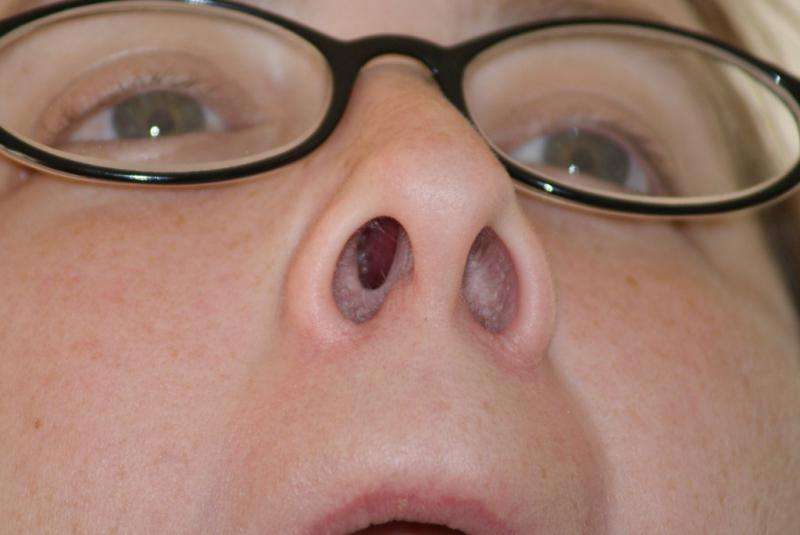New knowledge on why patients with type 2 diabetes present olfactory problems

In a study in type 2 diabetic rats, researchers at the Karolinska Institutet have identified alterations in specific nerve cells that are important for odor identification. The findings might explain why type 2 diabetic patients often experience smelling problems and potentially open up a new research field to develop preventive therapies against neurodegenerative diseases in type 2 diabetic patients.
It is well known that patients with type 2 diabetes often suffer from neurodegenerative diseases such as Alzheimer's disease. An early symptom of these neurodegenerative diseases is decreased odor identification ability. This kind of olfactory problem is also often present in patients with type 2 diabetes, suggesting that decreased smelling could be connected with the development of neurodegenerative diseases. However, so far, the nerve cells responsible for these smelling problems in type 2 diabetes have been unclear.
In the current study, published in the journal Oncotarget, researchers at the Karolinska Institutet identified alterations in a group of nerve cells called interneurons, in the piriform cortex of type 2 diabetic rats. The piriform cortex is a brain area that plays an essential role in odor identification and coding. The researchers also showed that the identified neuronal alterations could be counteracted pharmacologically by clinically used anti-diabetic drugs that mimic the mechanism of a hormone that enhances the production of insulin: the glucagon-like peptide 1.
Preventive pharmacological therapies
"Neurodegenerative diseases are highly present within the type 2 diabetic population", says Grazyna Lietzau, one of the researchers behind the study. "We believe that these findings could be important for the potential development of preventive pharmacological therapies against for example Alzheimer's and Parkinson's in these patients."
More information: Type 2 diabetes-induced neuronal pathology in the piriform cortex of the rat is reversed by the GLP-1 receptor agonist Exendin-4. DOI: 10.18632/oncotarget.6823




















